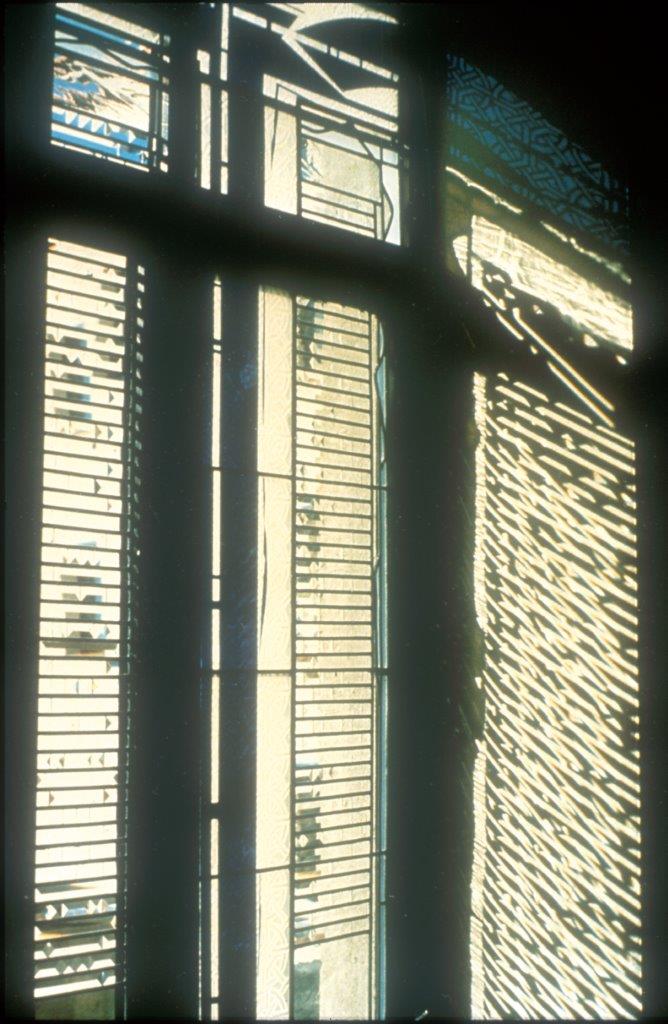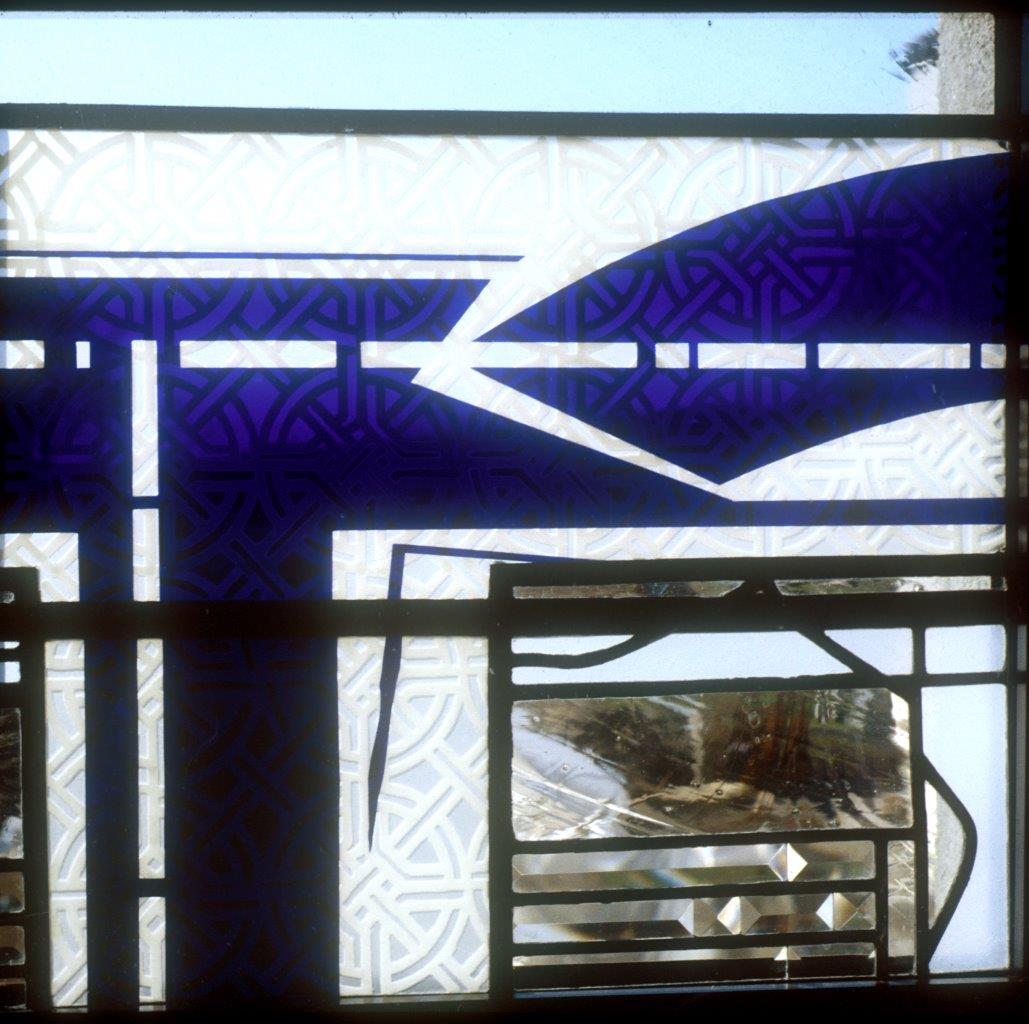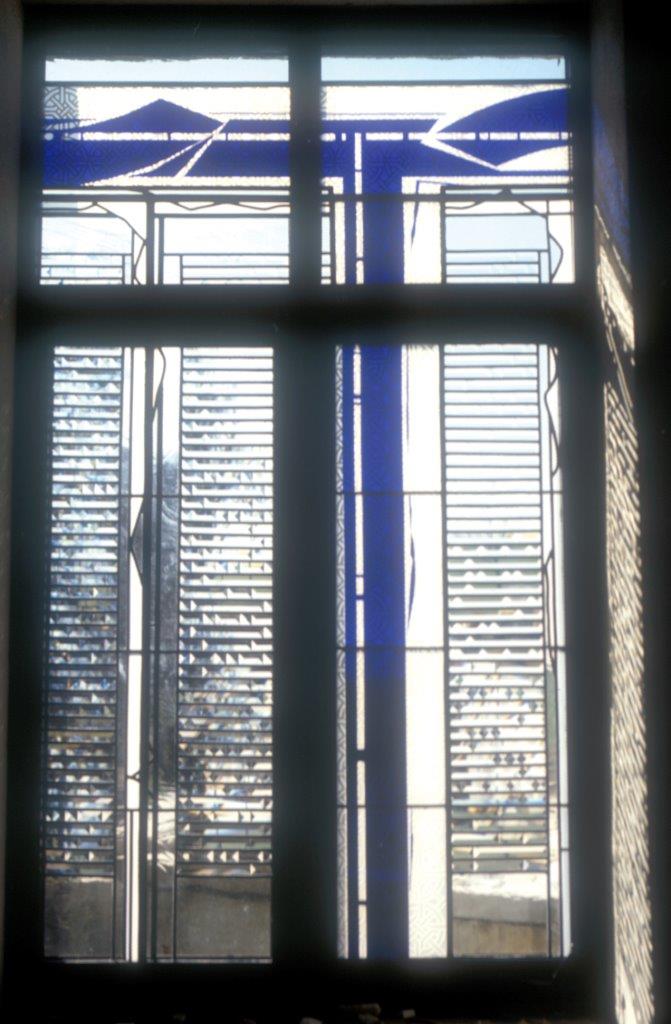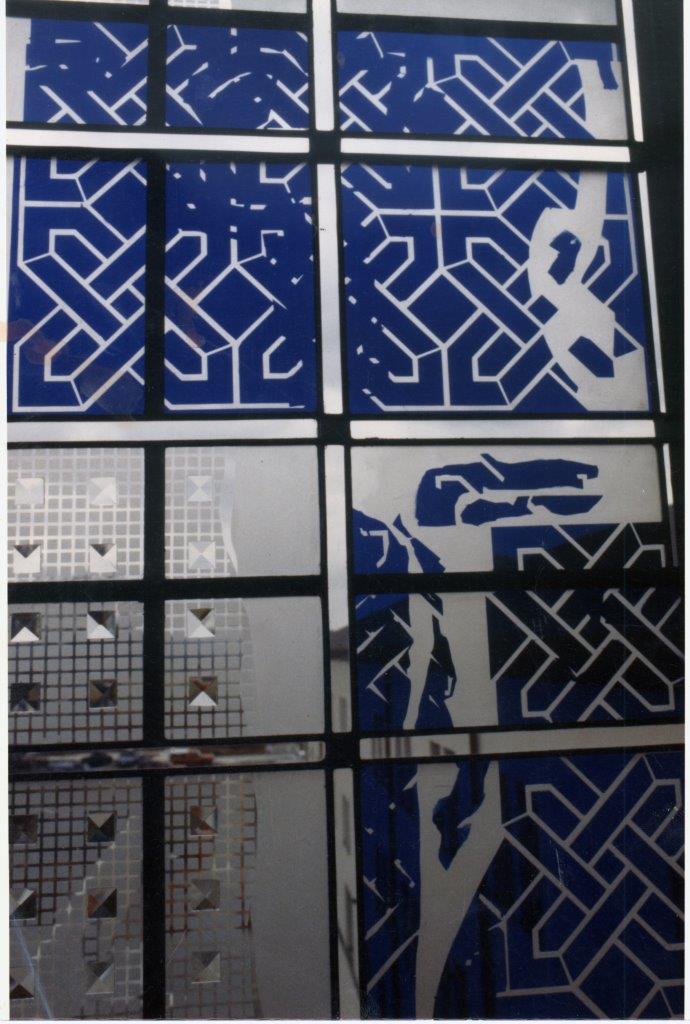Abbey of Gethsemane
Trappist, KY
Abbey of Gethsemane
The Abbey of Gethsemani, a Trappist monastery in Kentucky, became internationally known in the 1960s through the influence of theologian, monk, writer, and social activist Thomas Merton. His global reputation drew a surge of visitors to the cloistered community, creating the need for carefully designed spaces where guests could worship without disrupting the monastery’s centuries-old traditions of silence and seclusion.
In the late 1980s, a renovation program expanded guest housing and introduced designated worship areas for visitors, including a balcony in the sanctuary and a daily chapel. Six new windows were installed in the sanctuary balcony, facing due east, to symbolize the transformation occurring within the monastery at the time.
The design draws on the Abbey’s heritage as part of the Cistercian order, which follows the principles of St. Benedict. Known for geometric “Cistercian patterns” in place of figurative art, the order historically used ornamentation to focus worshippers on liturgy rather than imagery. In these windows, deep blue geometric squares, etched with traditional Cistercian forms, appear to dissolve at the edges into a background of laminated square prisms in clear glass. This symbolizes the evolution from the old order to the new, preserving the form but expressing it in a modern style—signifying continuity rather than replacement.
The adjacent daily chapel continues this theme with windows that use circular Cistercian patterns, viewed through etched glass with dynamic linear movements. The prismatic glass background floods the space with spectral colors, enriching the visual and spiritual atmosphere. Here, the old and new orders are shown as complete and coexisting, representing tradition carried forward into a new era.
This project reflects the brand’s expertise in creating glass structures that merge historic symbolism, architectural form, and modern glass artistry, resulting in spaces that inspire reflection and elevate the worship experience.
David Minnigan, Project Architect
Janet Wennerland, Interior Designer





